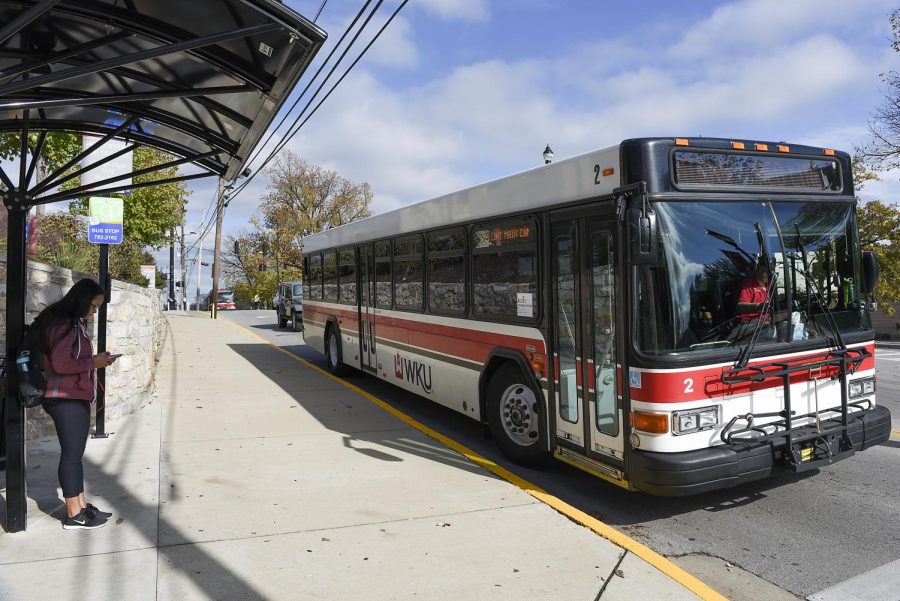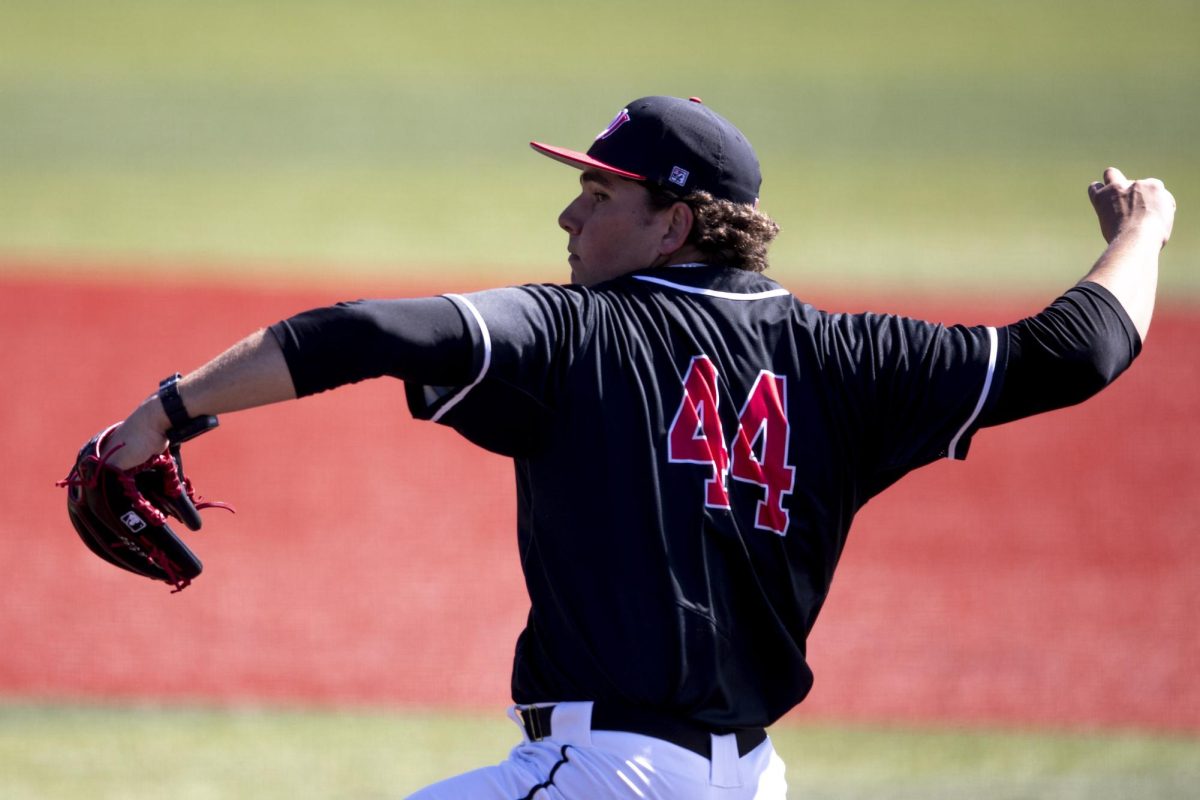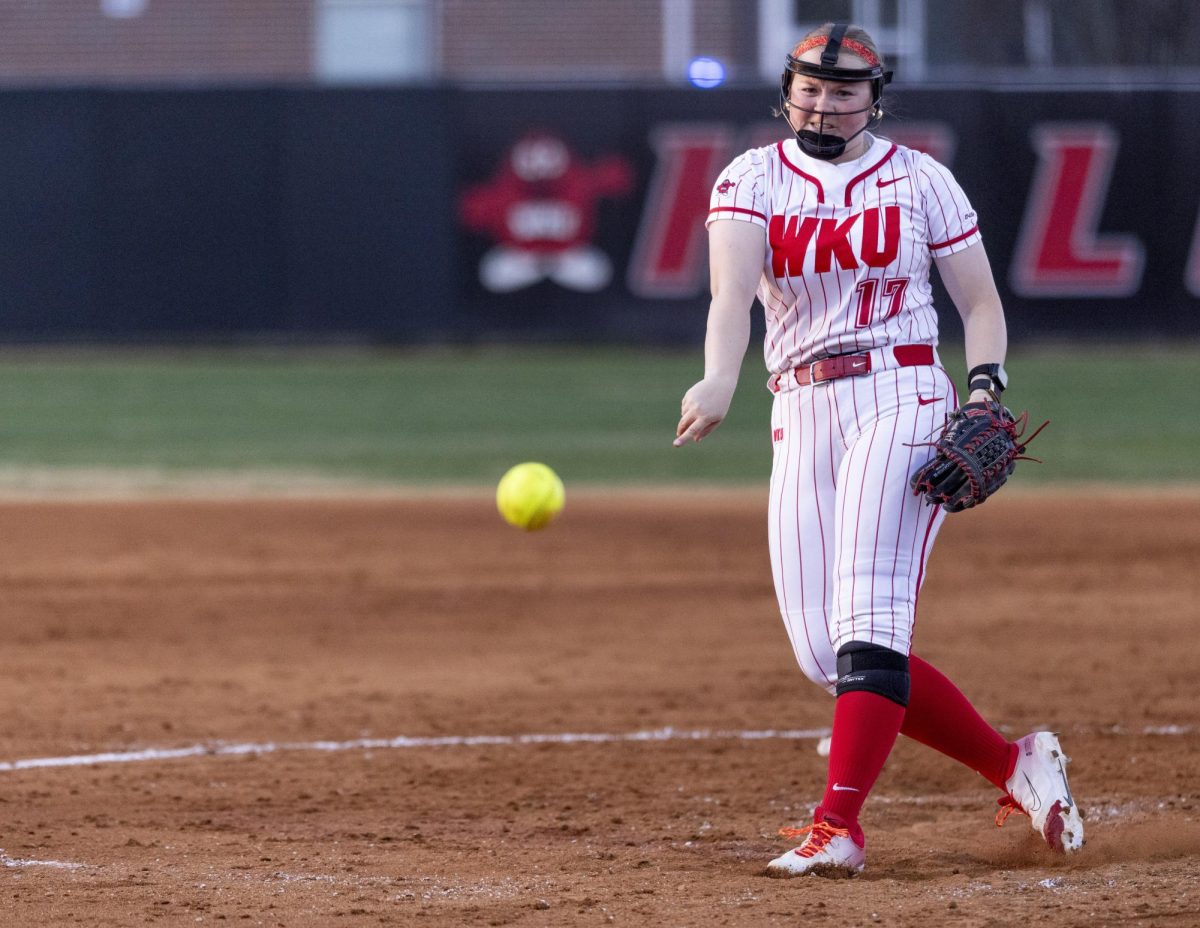History of… WKU’s Topper Transit Bus System
November 5, 2015
Over the next several weeks, on #TBT, or Throwback Thursday, the Herald will take a look at the history surrounding WKU.
For more than 20 years, WKU’s Topper Transit buses have been taking passengers up, down and around the Hill.
The Topper Transit has been used to provide transportation for faculty, staff and students to places on campus or to South Campus, according to transportation manager Stephen Rowland.
“I can’t see it ever going away and envision it growing,” he said.
After a $4.5 million investment into the upgrading of the buses, the previous standard yellow school buses were replaced with 12 heavy duty, low floor transit buses. The buses are ADA approved, according to Jennifer Tougas, the director of Parking and Transportation Services.
“The transit system has grown considerably,” said Tougas.
In 2005, a new department was created specifically for the buses called Parking and Transportation Services.
“What once was a three-bus operation that had no scheduled service is now a 14-bus transit system with NextBus passenger information service, in-bus security cameras and automatic passenger counters,” said Rowland.
Today, Parking and Transportation’s mission statement is “to provide access to University programs and services through management of the University’s transportation resources.”
Due to the improvements of the transit systems throughout the years, the ridership for the buses has grown from 169,000 passengers in 2006 to 735,000 in 2015.
“We’ve carried over 4.5 million passengers over the last decade,” said Tougas. “It’s taken a lot of work from the drivers, the mechanics, the managers and the administration to develop this program.”
WKU — along with the University of Kentucky, Eastern Kentucky University, the University of Louisville and Murray State — offer bus services on their campuses in the state of Kentucky.
“Transit systems are common on larger universities,” said Tougas.
Since the arrival of the bus about two decades ago, many students have grown to appreciate the system, according to Rowland.
“Last year the Herald asked students what they most like about WKU. At No. 1 was the Topper Transit shuttle bus drivers,” said Rowland.
Since nearly 30 percent of students who live on campus do not have a car, transit services have grown to be important to them, according to Tougas.
“The Campus Master Plan specifically places parking on the perimeter of campus to minimize campus traffic,” said Tougas. “Transit services provide the link between parking and classes.”
With the increase of ridership in the last five years, the likelihood of the Topper Transit going away is very slim, according to Rowland.
“The current WKU administration is very committed to Topper Transit, and with a two-campus university in an urban setting, I believe there will always be transit,” Rowland said.
Charles Martin has been a Topper Transit bus driver for the past three years. Martin said his least favorite part of driving the bus is students crossing in front of him.
However, he still plans to continue the job in years to come.
Martin said he hopes the system will stick around. “It’s a motor transportation that carries an awful lot of students,” he said.















